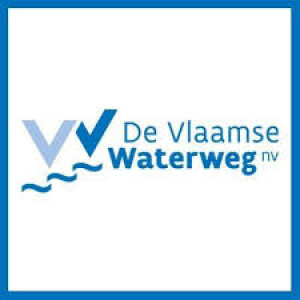 \
&
Contact us
\
&
Contact us
 \
&
Contact us
\
&
Contact us
Published on | 8 months ago
Programmes Research InfrastructuresEuropean Research Infrastructure Consortia (ERICs) are legal entities set up under EU law to facilitate the establishment and operation of research infrastructures with European interest. They can be used either for establishing a new research infrastructure or for integrating existing research infrastructures into a single legal entity that is more advantageous for their operations and structural needs in the context of the European Research Area and of a global outreach.
These guidelines are aimed at assisting potential ERIC applicants as well as existing ERICs. They are provided for information purposes only and are not intended to replace any applicable legal source, nor professional legal advice addressing specific issues. Neither the European Commission nor any person acting on its behalf can be held responsible for the use made of these guidelines. (from the back cover, manuscript published March 2025 in Publications Office of the European Union)
Table of contents in brief
Introduction
1.1 Legal status and characteristics of ERICs
1.2 Essential elements of the statuses of an ERIC
1.3 Other elements of the statuses of an ERIC
2.1 Procedure for application
2.2 Content of the application
2.3 Amending the statuses of an ERIC
3.1 Annex 1: Compliance checklist
3.2 Annex 2: Statuses template
3.3 Annex 3: Templates for requesting the setting-up of an ERIC
3.4 Annex 4: Annual activity report: Best practices
3.5 Annex 5: Financial report: Best practices
3.6 Annex 6: Consolidated ERIC Regulation
Background of ERIC instrument and practical guidelines
The ERIC instrument has successfully filled the gap between traditional treaty-based international organisations and national legal entities for establishing European Research Infrastructures. Since it was launched in 2009, 31 ERICs have been established and others are currently in the pipeline (state of play in March 2025).
The ERIC Practical Guidelines were first introduced in 2010, following the adoption of the ERIC Regulation and were subsequently updated in 2015 to reflect amendments to the ERIC Regulation that were introduced in 2013. The update of the practical guidelines in 2025 feature several improvements triggered by technological and legal developments:
We offer news and event updates, covering all domains and topics of Horizon Europe, Digital Europe & EDF (and occasionally, for ongoing projects, Horizon 2020).
Stay informed about what matters to you.
By signing up, you can opt in for e-mail notifications and get access to
a personalised dashboard that groups all news updates and event announcements in your domain(s).
Only for stakeholders located in Flanders

Autoship is, as the name suggests, an acronym for autonomous ship. Just like with self-driving cars, the possibilities of an unmanned boat seem endless. It can create more efficient freight transport, around the clock deliveries and these are just a few of the examples. The project has two societal challenges.
At first, De Vlaamse Waterweg was a bit hesitant as their experience with FP7 or Horizon 2020 projects was limited and they had not been very successful up until then. The fact that they were already doing basic research on the topic of autonomous boats, and the administrative help of NCP FLanders helped De Vlaamse waterweg to cross the line and get involved.